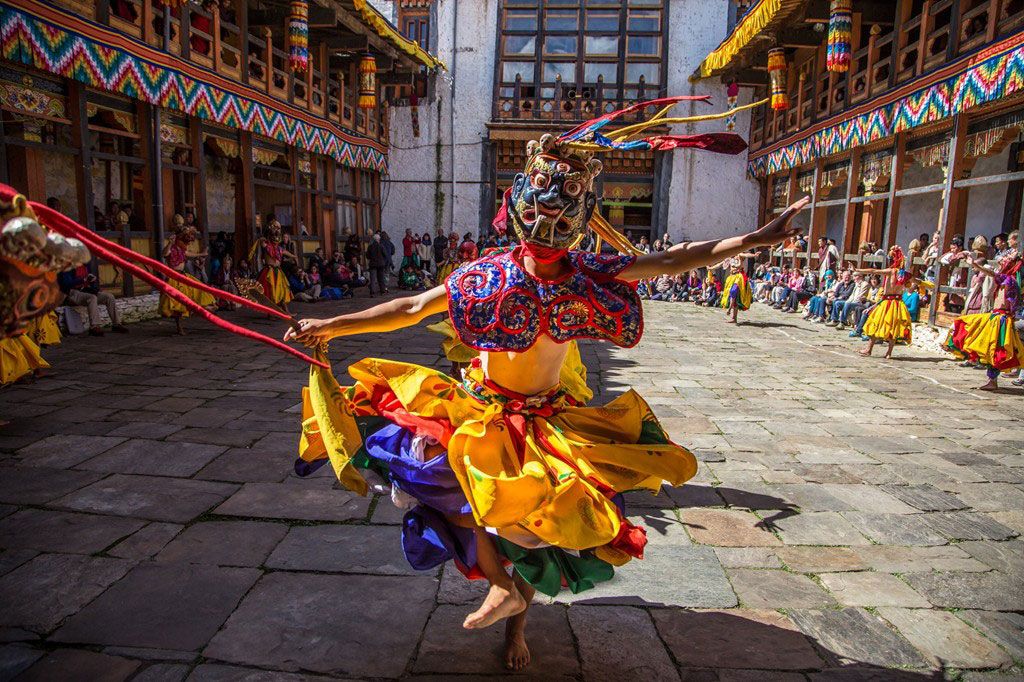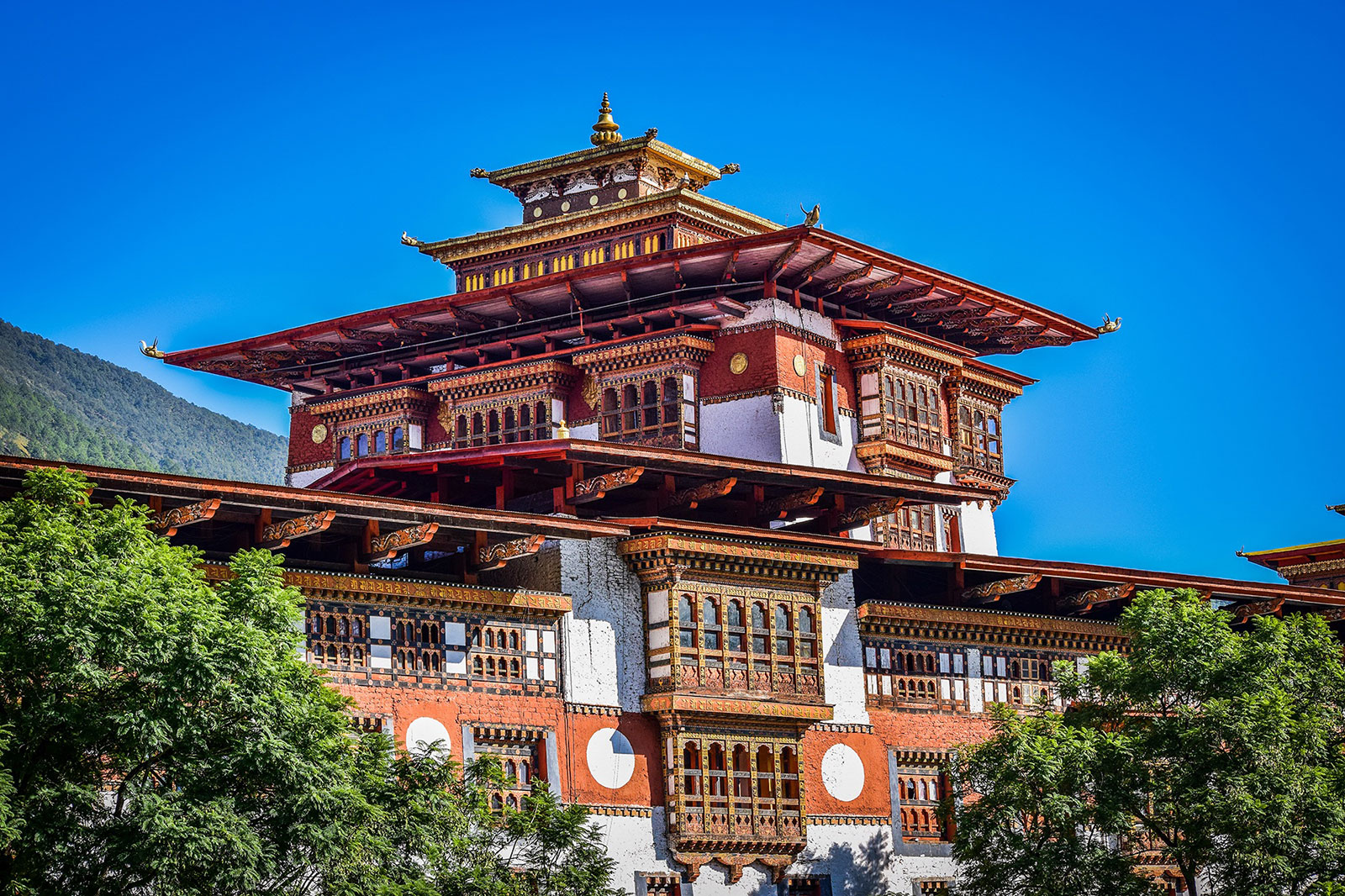Understanding drug shortage.After grappling with an acute drug shortage for more than a year, the health ministry is today still short of 39 drugs.
The ministry was short of 166 drugs in 2010-11. This was met through “desperate” measures, which health officials said are beyond the procurement rules and regulations, and for which special approval was sought.
One such last resort was health officials leaving for Bangladesh and India to buy drugs directly from factories.
They managed to send home 63 drugs that were out of stock – 26 from Bangladesh and 37 from Kolkata in India.
From another lot of 82 drugs ordered for direct purchase from the open market in Kolkata, 21 items were not available.
“This is just to highlight that, even if the government gives some flexibility to get drugs from the open market, it’s still not possible to get everything,” a health official said.
Procurement officials informed the ministry that the 39 drugs that they are still short of are “out of fashion” in the places they have visited. “Out of fashion” drugs are those that are no more manufactured in those countries, such as antibiotics, but which Bhutan is still using.
But ministry officials feel that, except for antibiotics, whose production may have stopped due to drug resistance, the rest could be available in other parts of India.
The drugs, vaccine and equipment division (DVED) will now discuss with doctors on finding alternatives for the “unavailable 39 drugs.”
The requirement of these 39 drugs range from less than 800 numbers to 7,000 and cost between Nu 21,000, Nu 31,000 and some even Nu 3M.
“This crisis management is only until March to meet the present shortage,” a health official said. “From April, the 2011-12 supplies will already be in the country.”
How was it before 2010?
The DVED floated tender in January, based on six monthly drug reports from health facilities, and on that consumption, calculated the requirement for each facility.
By May-June, the purchase order was issued; drugs started arriving by November-December and, by the next month, the one-year stock of drugs was sent for distribution to all health facilities.
DVED asked the same supplier to supply the additional requirement, when it got requests from drug users in the middle of the year. “Any new additional requisition was easily entertained, by asking the winning bidders to supply more,” a health official said.
The Anti-Corruption Commission (ACC) and the Royal Audit Authority (RAA) objected to this practice.
Before March 2010, there was no need to meet the regulatory requirement of registering drugs brought into the country. The Drug Regulatory Authority (DRA) implemented this provision of the Medicine Act of Bhutan, 2005 in March 2010.
The ministry paid 100 percent advance for drugs originating in third countries. “If we don’t pay the full amount, drugs weren’t produced,” explained the official. Fluctuation in exchange rates fluctuated the quantity of drugs received.
But the letter from manufacturers was not enough for ACC and RAA and the practice objected to.
Both Bhutanese and non-Bhutanese (Indian) suppliers used to compete in the tender.
What happened after March 2010?
As recommended by ACC and RAA, all health facilities quantify their requirement that is compiled by DVED, which, after a re-verification, prepares the country’s requirement.
With the medicine act implemented, all drugs have to be registered with the DRA before it’s brought into the country. Registration has brought along a host of problems, say health officials. Suppliers, who had won the supply orders, could not register all the drugs they were supposed to supply with the regulatory authority.
“The reason cited was an inability to furnish documents required,” a health official said. “Companies aren’t willing to give documents to DRA for registration because of the small volume.”
While registering, which takes about three months, is already a problem, those who have registered aren’t participating in the tender.
“Since these drugs are already registered, DRA doesn’t allow us to buy the same drug from another supplier,” the official explained. “Even if the supplier, who has registered hasn’t participated in the tender.”
What suppliers say?
The same drug product is re-tendered several times, discouraging suppliers with registered drugs from participating in the tendering process.
The three-year contract that suppliers sign with DVED does not consider price fluctuations. “Prices have gone up by six times,” one supplier said.
Registering a drug takes three months. Then quality check at the medical supply depot in Phuentsholing takes between a week or two or longer if officials are not available. If the consignment is rejected, the whole procurement process starts again.
“We try hard to supply the drugs sooner, but the payment is never paid on time,” a supplier said. Payment is to be done in 45 days after delivery.
Penalty charge of 0.1 to 10 percent on the contract value for late delivery is not consistent. “We were charged up to 50 percent,” suppliers said.
The high charges DVED explained was the cost of transportation incurred twice for distribution because of delayed supply. “But it’s still a lot more,” a supplier said.
Issues
It’s easy and cheaper for suppliers to pay penalty than supply drugs. “At the end of three months, they tell us that can’t supply and would rather pay penalty,” a health official said. Indian suppliers are not allowed to register with DRA. Only Bhutanese are allowed, resulting in very less competition.
One procurement rule for all is not practical, say health officials. The health ministry wants to buy some drugs, especially the narcotic and psychotropic ones itself, because getting clearances from the narcotic control bureaus is difficult for private suppliers.
Observers said DRA could register drug companies after a visit to the factories, instead of the products. “There are 394 essential drugs and, if 20 companies produce this drug, it’s 20 times 394,” an observer said.
DRA might want to revisit its rules. “The intention isn’t bad, but the way it’s done is making things difficult for everybody,” one of them said.
What DRA says?
The DRA has received an audit memo on the procurement of unregistered drugs worth Nu 31M for 2009-10.
“We’re caught by the neck if we don’t register,” drug controller Sonam Dorji said.
DRA has also asked suppliers to maintain a buffer stock of registered drugs. Sonam Dorji said more than 60 percent of drugs on the essential drug list are now registered.









